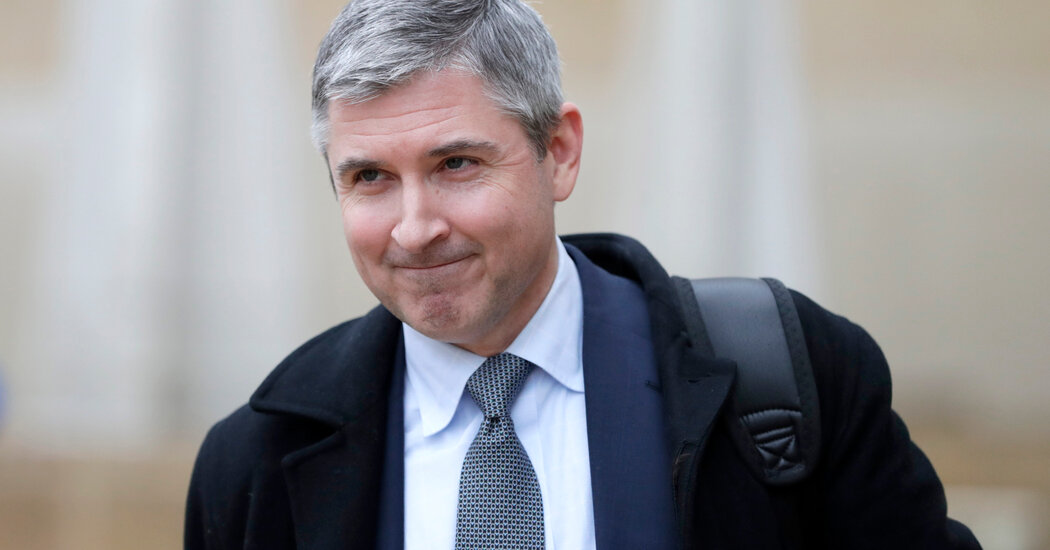How Baltimore Became the U.S. Overdose Capital
Some cities send teams of trained professionals, such as recovery specialists, E.M.T.s and sometimes law enforcement officers, to knock on people’s doors 24 to 72 hours after they overdose to offer connections to treatment and other help. Those initiatives in Houston; Louisville, Ky.; and Montgomery County, Ohio; each reach hundreds of people a year.
Studies show the effort can work; one tracked people the Houston team contacted over three months and found that more than half stayed in treatment and none overdosed again. In Baltimore, the city’s emergency rooms offer connections to care and resources. But the only team that reaches out to those who refuse to go to a hospital after an overdose was given the names of just 50 people by emergency workers last year, according to Gabby Knighton, executive director of People Encouraging People, which runs the group.
People struggling with addiction in Baltimore are often left to find help on their own.
Vernon Hudson Jr., 54, first took opioids as a defensive end on Virginia Tech’s football team, when he was given a painkiller after a knee injury. He returned to Baltimore from college with a growing addiction and no football career. He cycled from relapse to recovery for more than two decades.
In December 2021, he sniffed a powdered drug and then overdosed while driving, crashing his Mustang into the front steps of a church. He regained consciousness in the back of an ambulance after being administered naloxone. Racked with shame, he refused to go to a hospital.
With the help of a support group, he has since stopped using drugs. But in the ambulance, at the time of his overdose, no one offered to connect him to any treatment resources or social services, he said. After he asked to get out of the vehicle, he said that no one from the city checked up on him again.
Cheryl Phillips and Eric Sagara contributed reporting. Susan C. Beachy and Kirsten Noyes contributed research. This article was reported in partnership with Big Local News at Stanford University.
About the analysis
The Times and The Banner analyzed anonymized data about every death in the United States between 1989 and 2022 from the Centers for Disease Control and Prevention. The data, obtained under an academic license through the reporter Nick Thieme’s affiliation with Columbia University, shows demographics and causes of death. Fatalities from 1968 through 1989 were collected from a separate data set the C.D.C. publishes.
Fatality rates in this article measure deaths that occurred in Baltimore, not deaths of Baltimore residents, and are calculated across the country by dividing the total number of overdose deaths that occurred in each jurisdiction by its population. For that reason, totals will differ from those in the C.D.C.’s online database, C.D.C. Wonder, which measures deaths by place of residence and also excludes deaths of people who live in U.S. territories or outside the United States.
The C.D.C. reports data by county, and the analysis identified large U.S. cities by looking at counties of at least 400,000 people. Baltimore City is reported as is own county. Overdose fatalities are those in which the underlying cause of death is listed as drug poisoning.
The Banner also sued the Maryland Office of the Chief Medical Examiner to obtain autopsy data, which allowed reporters to explore detailed geographic patterns of overdose within the city.
Death rates are not calculated for U.S. territories or Washington, though rates for both are significantly lower than in Baltimore.


